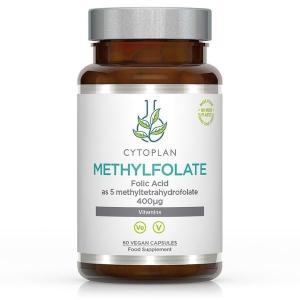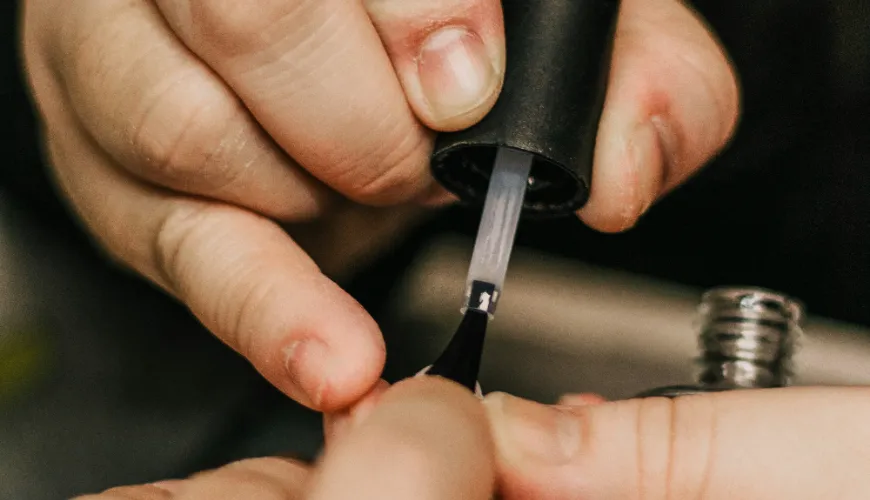
Find out the difference between a fracture and a contusion

How to Distinguish a Fracture from a Contusion?
Injuries are an inevitable part of our lives, whether we are athletes or simply engaged in everyday activities. Fractures and contusions are among the most common injuries we may encounter. Therefore, it is crucial to know how to distinguish a fracture from a contusion. Proper identification of these injuries can be key for swift and effective treatment. Let's take a look at what these injuries mean, why they occur, and how to differentiate between them.
What is a Fracture?
A fracture is a serious injury characterized by the cracking or breaking of a bone. This condition occurs due to a strong impact, pressure, or fall. It is accompanied by various symptoms, including sharp pain, swelling, bruising, and in some cases, the bone may be visibly deformed or even protrude through the skin—referred to as an open fracture.
In a fracture, the integrity of the bone is disrupted, which means that without immediate care, further complications such as infections or improper healing may occur. Therefore, it is essential to know how to distinguish a fracture from a contusion so that we can react quickly and ensure appropriate medical care.
How Do Contusions Occur?
A contusion, unlike a fracture, is an injury to soft tissues such as muscles, ligaments, and tendons surrounding the bones. Contusions are usually caused by milder impacts or pressures. In a contusion, there is pain and tenderness at the injury site, swelling and bruising may appear, but mobility is typically less restricted than with fractures.
Although contusions can be painful and uncomfortable, they generally do not require as intensive medical care as fractures. Correct identification can facilitate decision-making on what steps to take for treatment.
Why Do These Injuries Occur?
Both types of injuries have different causes. Fractures are often the result of a large force applied to a bone that the bone cannot absorb. Sports injuries, traffic accidents, or falls from heights are common causes of fractures. People with osteoporosis or other conditions affecting bone density may have an increased risk of fractures even with minor injuries.
Contusions result from a smaller but still significant impact that damages soft tissues. These injuries are common in sports activities such as football or basketball, where players collide with each other or with hard surfaces.
How to Tell the Difference Between a Fracture and a Contusion?
One of the key factors in distinguishing a fracture from a contusion is the level and nature of the pain. Fractures often come with sharp, intense pain that worsens with attempts to move or load the injured area. In contrast, pain from contusions is usually dull and more manageable with movement.
Another factor can be visible deformation or instability of the bone. In fractures, the affected area may be deformed or crooked, whereas a contusion usually does not cause this.
Swelling is common in both injuries, but it tends to be more pronounced in fractures. Bruising can appear in both cases, but with contusions, they are generally more extensive as soft tissues are damaged.
If a fracture is suspected, the best course of action is to seek medical help. A doctor can perform X-rays to confirm or rule out the presence of a fracture and recommend appropriate treatment.
Diagnosis and Treatment
If you suspect a fracture, seek medical attention immediately. Diagnosis typically involves a physical examination and X-rays. In some cases, a CT or MRI may be necessary if fractures are complicated or if there is suspicion of soft tissue damage.
Treatment of fractures depends on their severity and type. It may include immobilization of the injured area with a cast, brace, or even surgery in more complicated cases. Rehabilitation is often necessary to restore full function of the limb.
Contusions are usually treated with rest, ice packs, occasional compression, and elevation of the injured area to minimize swelling. The injury often resolves on its own over time, although some cases may require physiotherapy to restore full range of motion.
Injury Prevention
Prevention is always better than treatment. When engaging in sports, it is important to pay attention to proper technique and equipment to reduce the risk of injury. Using protective gear such as helmets, shin guards, and other padding can greatly reduce the likelihood of serious injury.
For those at risk of osteoporosis, it is crucial to maintain a healthy diet rich in calcium and vitamin D, as well as exercise regularly to strengthen bones. Regular medical check-ups can help detect any health issues that might increase the risk of fractures.
Try our natural products
Fractures and contusions, although they may appear similar at first glance, are entirely different types of injuries requiring different approaches to diagnosis and treatment. Knowing how to distinguish a fracture from a contusion is a skill that can significantly affect health and recovery. If you have any doubts, do not hesitate to seek professional help. Proper response to an injury can not only speed up the healing process but also prevent possible complications and ensure that your condition returns to normal quickly and effectively. Be careful and take care of your health!







